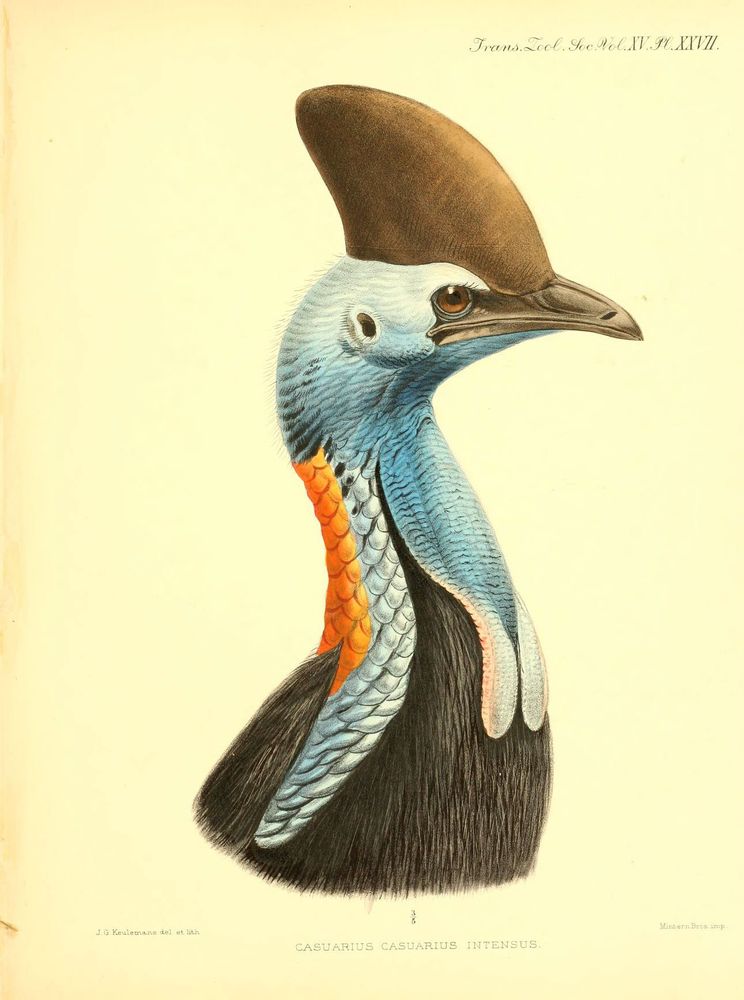George Ordiway
@georgeordiway.bsky.social
260 followers
130 following
58 posts
Postdoc at Columbia's Zuckerman Institute studying the neuroscience of birdsong and auditory perception. 🧪 Also a classical music nerd and DnD nerd and video game nerd.
Posts
Media
Videos
Starter Packs
Reposted by George Ordiway
Reposted by George Ordiway
Reposted by George Ordiway
George Ordiway
@georgeordiway.bsky.social
· Aug 12
George Ordiway
@georgeordiway.bsky.social
· Jul 22

A comprehensive review of HCN channel expression and Ih in the auditory system: then, now, and future perspectives | Journal of Neurophysiology | American Physiological Society
The hyperpolarization-activated cyclic nucleotide-gated (HCN) ion channel is highly specialized, mediating the flow of potassium and sodium ions when a cell is hyperpolarized. Since it was discovered ...
journals.physiology.org
George Ordiway
@georgeordiway.bsky.social
· Jul 22

A comprehensive review of HCN channel expression and Ih in the auditory system: then, now, and future perspectives | Journal of Neurophysiology | American Physiological Society
The hyperpolarization-activated cyclic nucleotide-gated (HCN) ion channel is highly specialized, mediating the flow of potassium and sodium ions when a cell is hyperpolarized. Since it was discovered ...
journals.physiology.org
George Ordiway
@georgeordiway.bsky.social
· Jun 24











